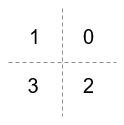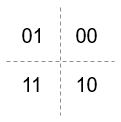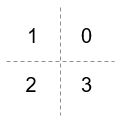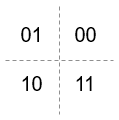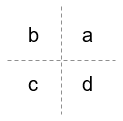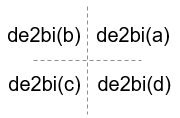comm.OQPSKModulator
Modulation using OQPSK method
Description
The comm.OQPSKModulator object modulates the input signal using the offset quadrature phase shift keying (OQPSK) method and applies pulse shape filtering to the output waveform. For more information, see Pulse Shaping Filter. The output is a baseband representation of the modulated signal.
For information about delays incurred by modulator-demodulator pair processing, see Modulation Delays.
To modulate a signal using offset quadrature phase shift keying:
Create the
comm.OQPSKModulatorobject and set its properties.Call the object with arguments, as if it were a function.
To learn more about how System objects work, see What Are System Objects?
Creation
Syntax
Description
oqpskmod = comm.OQPSKModulator
oqpskmod = comm.OQPSKModulator(demod)demod.
oqpskmod = comm.OQPSKModulator(Name,Value)
Example: comm.OQPSKModulator('BitInput',true)
oqpskmod = comm.OQPSKModulator(phase,Name,Value)phase and sets any other specified Name,
Value pairs.
Example: comm.OQPSKModulator(0.5*pi,'SymbolMapping','Binary')
Properties
Usage
Description
waveform = oqpskmod(insignal)
Input Arguments
Output Arguments
Object Functions
To use an object function, specify the
System object as the first input argument. For
example, to release system resources of a System object named obj, use
this syntax:
release(obj)
